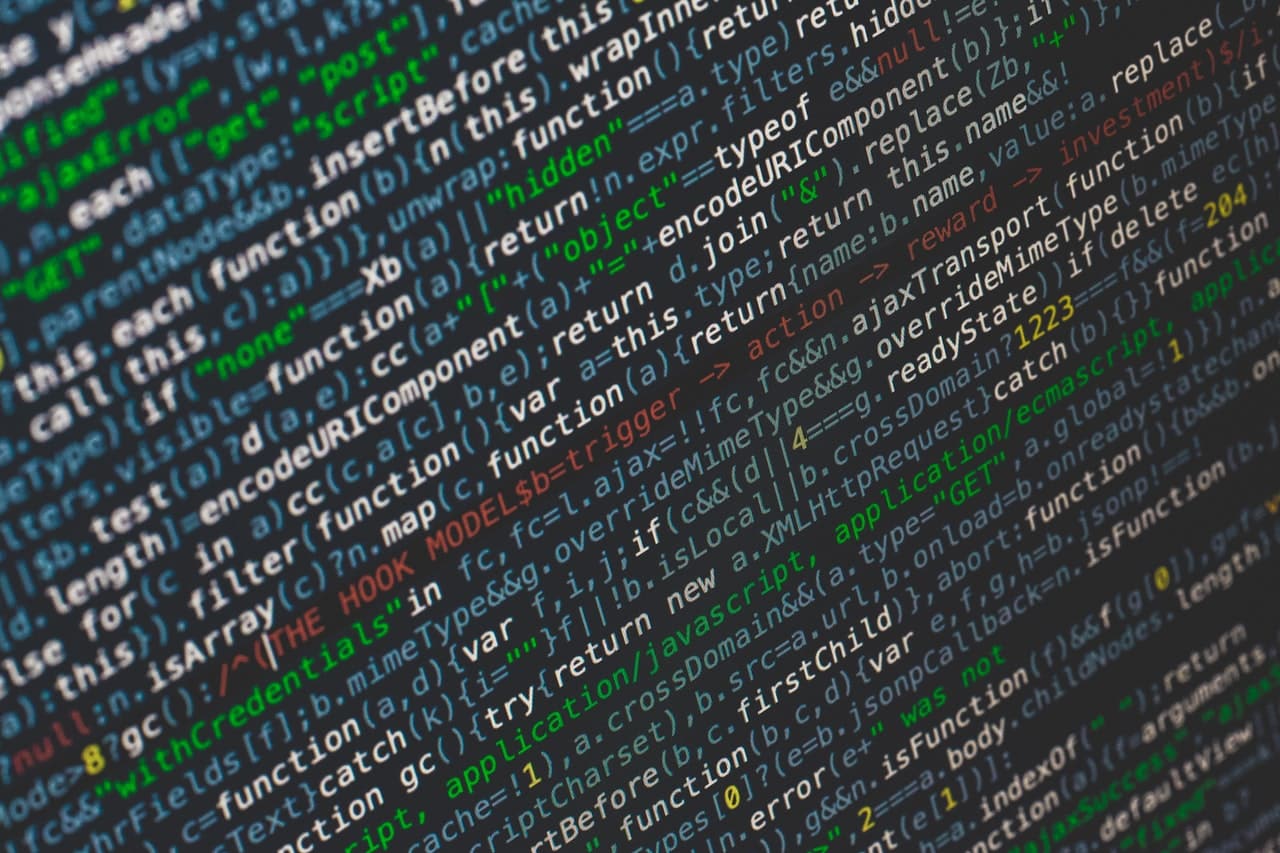Java EE is Oracle’s application software platform based on the Java programming language. Now known as Jakarta EE, it helps bridge the gap between old and new technologies – in other words, between old and new cloud applications – in a hybrid cloud environment.
Today’s application developers need greater security and efficiency in server technology. Interaction with other enterprise software depends on the quality of a server. The aim is therefore to optimize application design and production, and to do so more quickly.
Java EE, or Java Platform, Enterprise Edition is a simple way to develop enterprise applications. Java EE includes a specification, a reference implementation and a set of test suites.
Java platforms: their special features
Java platforms all consist of a Java virtual machine and an API. The Java Virtual Machine runs Java technology applications, and the APIs are a set of software components used to create other software or applications.
Built on the model of the Java SE platform, Java EE provides a Java API and a scalable, reliable and secure runtime environment.

From Java SE to Java EE
When we think of the Java programming language, we think of the Java Standard Edition API, known as Java SE. The Java SE API provides the basic functionality of the Java programming language. It defines everything from the basic types and objects of the Java programming language to the high-level tools used for networking, security, database access, graphical user interface (GUI) development and XML parsing.
In addition to the core API, the Java SE platform consists of a virtual machine, development tools and deployment technologies. The Java EE platform is built on the Java SE platform model. The Java EE platform provides an API and runtime environment for the development and execution of large-scale, multi-tiered, scalable, reliable and secure network applications.
The Java EE application model
If an enterprise needs an open-source application server, Java EE is designed to support applications providing enterprise services, not only for customers, but also for employees and suppliers. This means complex, data-intensive applications. The Java EE specification defines a multi-tiered application architecture that allows greater accessibility.
- This architecture enables services to be implemented as multi-tier applications. This model provides the scalability, accessibility and simplified management required by enterprise-level applications. Implementing a service requires know-how, coordinated by the infrastructure in the following areas
- The business logic to be implemented by the developer
- The system services provided by the Java EE platform

Java EE containers
Java EE containers form the interface between the component and the lower-level functionality provided by the platform to support that component. The functionality of the container is defined by the platform and is different for each type of component.
Nevertheless, the server enables the different component types to work together to provide functionality in an enterprise application.
The Web container
The Web container is the interface between the Web components and the Web server. A Web component can be a servlet or a JavaServer Faces Facelets page. The container manages the component’s lifecycle, distributes requests to application components and provides information on the current request.
The EJB container
Enterprise Java Beans, or EJBs, are server components that comply with the model specifications published by Sun. These specifications define an architecture, an execution environment and a set of APIs. The EJB container is the interface between the Enterprise Beans, which provide the business logic in a Java EE application, and the Java EE server. The EJB container runs on the Java EE server and manages the execution of an application’s Enterprise Beans.
The client application container
The application client container is the interface between Java EE application clients (Java SE applications that use Java EE server components) and the Java EE server. The application client container runs on the client computer and is the gateway between the client application and the Java EE server components used by the client.

Specific features of Java EE 8
Java EE 8 is the latest version of the Java EE programming language. The main objectives of the Java EE 8 platform are: to modernize the Java Enterprise infrastructure for cloud and microservices environments; to emphasize HTML5 and HTTP/2 support; to improve ease of development thanks to new dependency injection features (a mechanism for implementing the principle of control inversion); and to improve the platform’s security and reliability thanks to expression language injections.
The benefits of Java EE
Firstly, the programming model is simplified. In the Java EE programming language, xml deployment descriptors are optional. The developer can enter the information as an annotation directly into a Java source file, and the Java EE server will configure the component when the application is deployed.
In addition, Java EE creates a framework for developing and supporting both native cloud architectures such as microservices, and modern software such as containers. Finally, although Java EE is mainly used in applications for large enterprises and government bodies, the word “enterprise” actually means “scalable, reliable and secure web applications”. Java EE can therefore also be useful for individual developers and small organizations involved in the development of such applications.
In order to take advantage of Java EE, it is necessary to reduce development and operating overheads, by moving from a monolithic, i.e. rigid, system to a more modular one.
Java EE is a practical tool for Data Science. DataScientest offers specific training courses for those wishing to become Data Scientists, Data Analysts, Data Engineers or Data Managers. Each program includes programming courses in Python (with the Numpy and Pandas libraries) and soon in Java EE.










